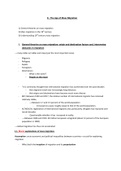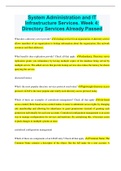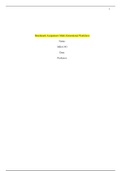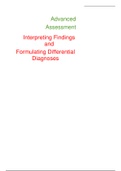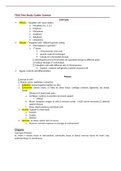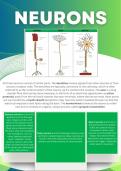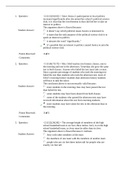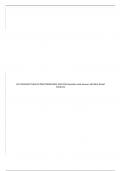Resume
Complete SUMMARY of chapters 8 and 10 of 'European History (Ba1 Social Sciences, Prof. Dr. Musliu)
- Cours
- European History
- Établissement
- Vrije Universiteit Brussel (VUB)
These files are complete, organized and simplified smmaries of chapters 8 and 10 of the extensive material of the course of 'European History' taught by Prof. Dr. Musliu. The two chapters summarized here are entitled: "The Age of Mass Migration" and "Culture, Religion & Secularization". I got a 17/...
[Montrer plus]
